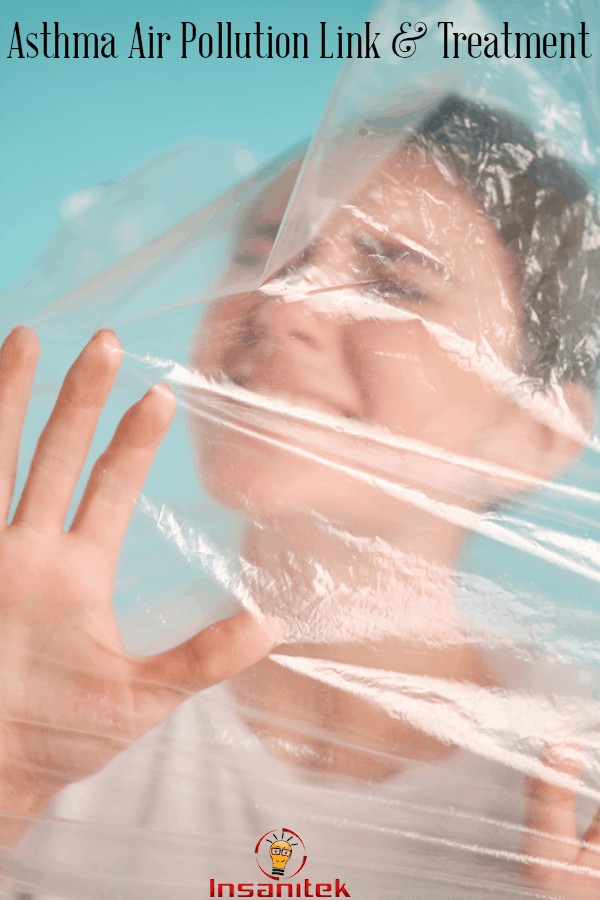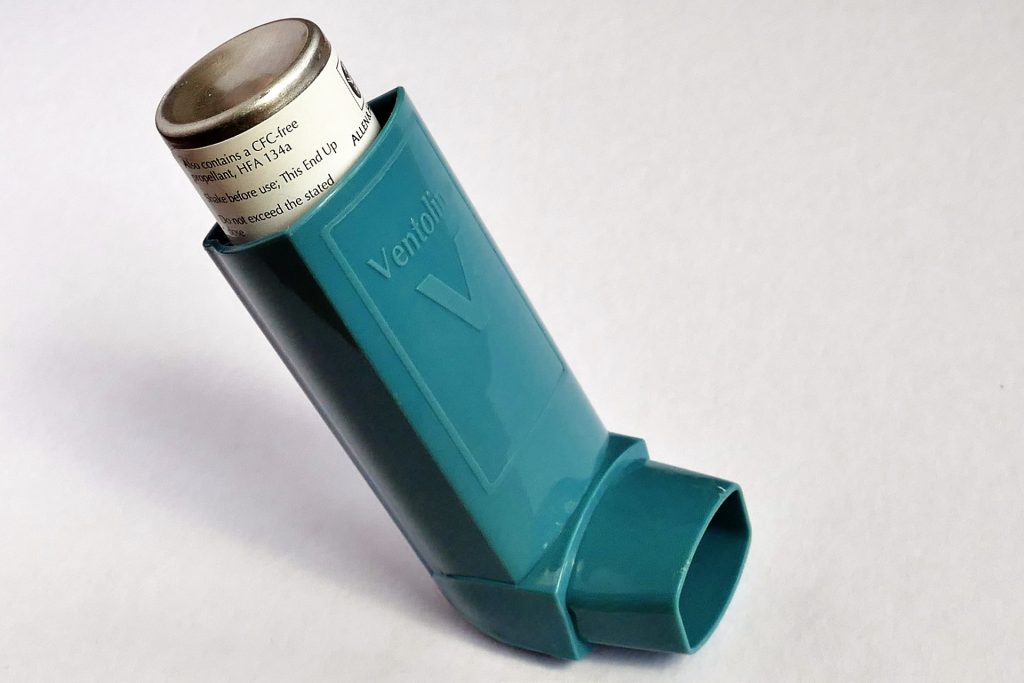 Exactly how does air pollution contribute to asthma? This was the question scientists recently asked, specifically pertaining to childhood asthma. Now, they have some answers.
Exactly how does air pollution contribute to asthma? This was the question scientists recently asked, specifically pertaining to childhood asthma. Now, they have some answers.
An international group of researchers recently looked at a model that included four distinct models of traffic, emissions, atmospheric dispersion, and health impact assessments in Bradford, UK. Their goal was to determine how air pollution could be traced back to children’s overall health (University of Leeds, 2018).
In the end, they were able to determine that 38 percent of all annual childhood asthma cases in Bradford could be linked to air pollution in the area. More specifically, 12 percent of the annual childhood asthma cases could be attributed to traffic-related air pollution.
“However, we knew our model was underestimating the traffic related fraction of air pollution,” study co-author Professor Mark Nieuwenhuijsen, Director of the Urban Planning, Environment and Health Initiative at ISGlobal, told ScienceDaily. “When we adjusted our results using actual measurements of air pollutants we saw that up to 24% of the annual cases could be attributable to traffic related air pollution.”
But what can be done about asthma and its impact on children?
“Our work demonstrates that while popular initiatives such as stopping vehicles from idling outside schools or providing walking routes away from roads are important, proposed solutions to mitigate traffic pollution shouldn’t be restricted to localized areas,” said lead author Haneen Khreis. “New policies aimed at reducing the effects of traffic-related air pollution need to target each link in the full chain of events — from traffic volume and type, to exhaust and non-exhaust emissions, to dispersion to exposure.”
Children, Pollution and Asthma
Asthma is the most common chronic condition among children under age 18, affecting 6.3 million (“The Burden of Children’s Asthma: What Asthma Costs Nationally, Locally and Personally,” 2018). Approximately 24 percent of children between the ages of 5 and 17 have some limited activity due to the condition.
Understanding asthma triggers is the first step toward managing the condition (“Preventing Asthma Episodes and Controlling Your Asthma,” 2018). Whether it’s air pollution in the form of cigarette smoke or pet dander in the air, staying away from these triggers is essential to living with the illness.
Utilizing treatments, such as breathing exercises to strengthen the lungs and inhalers as necessary, as instructed by a medical professional is also essential. By taking some of these tips into account, asthma patients can live a full, healthy life.
References
Khreis, Haneen. De Hoogh, Kees. Nieuwenhuijsen, Mark. “Full-chain health impact assessment of traffic-related air pollution and childhood asthma.” Retrieved April 2, 2018, from https://www.sciencedirect.com/science/article/pii/S0160412017320184.
University of Leeds. “Up to 38 percent of all annual childhood asthma cases in Bradford, U.K. may be caused by air pollution.” Retrieved April 2, 2018 from https://www.sciencedaily.com/releases/2018/03/180327094001.htm.
“The Burden of Children’s Asthma: What Asthma Costs Nationally, Locally and Personally.” Retrieved April 2, 2018 from http://www.pediatricasthma.org/about/asthma_burden.
“Preventing Asthma Episodes and Controlling Your Asthma.” Retrieved April 2, 2018, from http://www.aafa.org/page/asthma-prevention.aspx.
